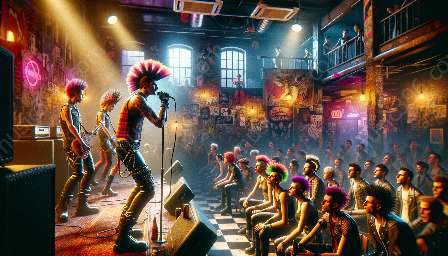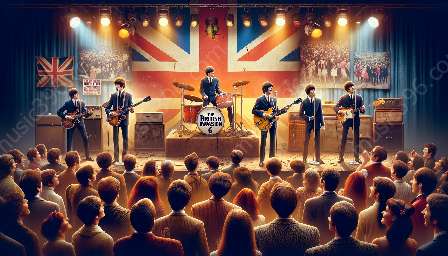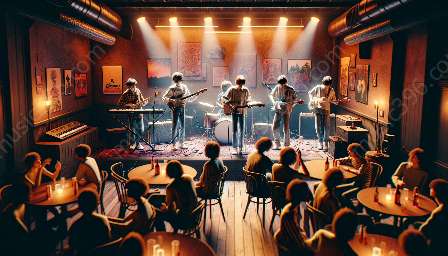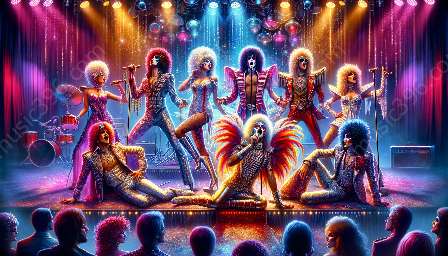Glam rock is a music genre that originated in the early 1970s, known for its extravagant and androgynous visual style, theatrical performances, and bold, gender-bending fashion. With its flamboyant and provocative nature, glam rock has had a significant impact on concepts of gender and sexuality, challenging traditional norms and influencing cultural perceptions.
The emergence of glam rock was a turning point in the music industry and had a profound effect on societal views of gender and sexuality by promoting a more fluid and non-conforming approach to these concepts.
The Androgynous Aesthetic
Glam rock musicians, such as David Bowie, Marc Bolan, and Roxy Music, embraced an androgynous aesthetic characterized by flamboyant costumes, theatrical makeup, and elaborate hairstyles. These artists challenged traditional gender stereotypes and blurred the lines between masculinity and femininity, creating a sense of ambiguity and fluidity in their appearance.
This androgynous style not only made a powerful visual statement but also opened up conversations about the fluidity of gender expression and the limitations imposed by societal norms.
Challenging Gender Norms
Glam rock's emphasis on androgyny and theatricality played a pivotal role in challenging existing gender norms. By presenting a visual spectacle that defied conventional masculinity and femininity, glam rock artists disrupted traditional gender expectations and encouraged audiences to explore alternative expressions of identity.
Moreover, glam rock's ethos of inclusivity and acceptance created a space for individuals of diverse gender identities and sexual orientations, fostering a sense of belonging and empowerment within the music scene.
Impact on Rock Music
The influence of glam rock reverberated throughout the rock music landscape, inspiring subsequent generations of musicians to experiment with gender-bending imagery and non-conformist attitudes. The androgynous and flamboyant style of glam rock became a hallmark of the genre and continues to influence contemporary artists, contributing to a more diverse and inclusive rock music culture.
By challenging traditional notions of gender and sexuality, glam rock has left an enduring legacy that continues to shape the music industry and society at large. Its impact on gender and sexuality has sparked conversations about identity, self-expression, and the freedom to defy societal expectations.
Conclusion
Glam rock's influence on gender and sexuality remains a significant cultural force, embodying a bold and unapologetic approach to self-expression. By transcending traditional boundaries and celebrating diversity, glam rock has empowered individuals to embrace their true identities, making a lasting impact on both the music industry and societal attitudes towards gender and sexuality.


















































